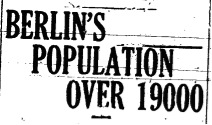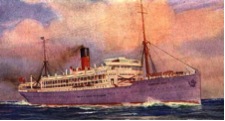After council deliberations, it was decided that Elmira would start its own branch of the Patriotic Fund. Much like Hespeler, the town took significantly longer to form a Patriotic branch of their own when compared to the larger city centers such as Berlin and Waterloo. On 22 October, an Elmira Signet article informed the citizens of Elmira of the nature of the Patriotic Fund and how every individual was expected to commit fully to the cause.
This was also the first day of campaigning for donations. As such, the town of Elmira hosted a concert at the Beethoven Club. Over eighteen different bands and singers performed at the event. A total of $93.00 was raised. This was their first step toward reaching a total of $5,000, which was accomplished on 12 November 1914.
In comparison, Ayr hosted its own concert on 13 September. The Citizens’ Band raised a sum of $32.75. The majority of this donation went to the Red Cross for the purchasing of materials. Ayr’s and Elmira’s contributions took time to grow, since their residents were preoccupied with the fall harvest. As the war dragged on, contributions from these areas grew.
(“Patriotic Concert,” Ayr News, 1 October 1914; “The Patriotic Relief Fund,” Hespeler Herald, 22 October 1914)



